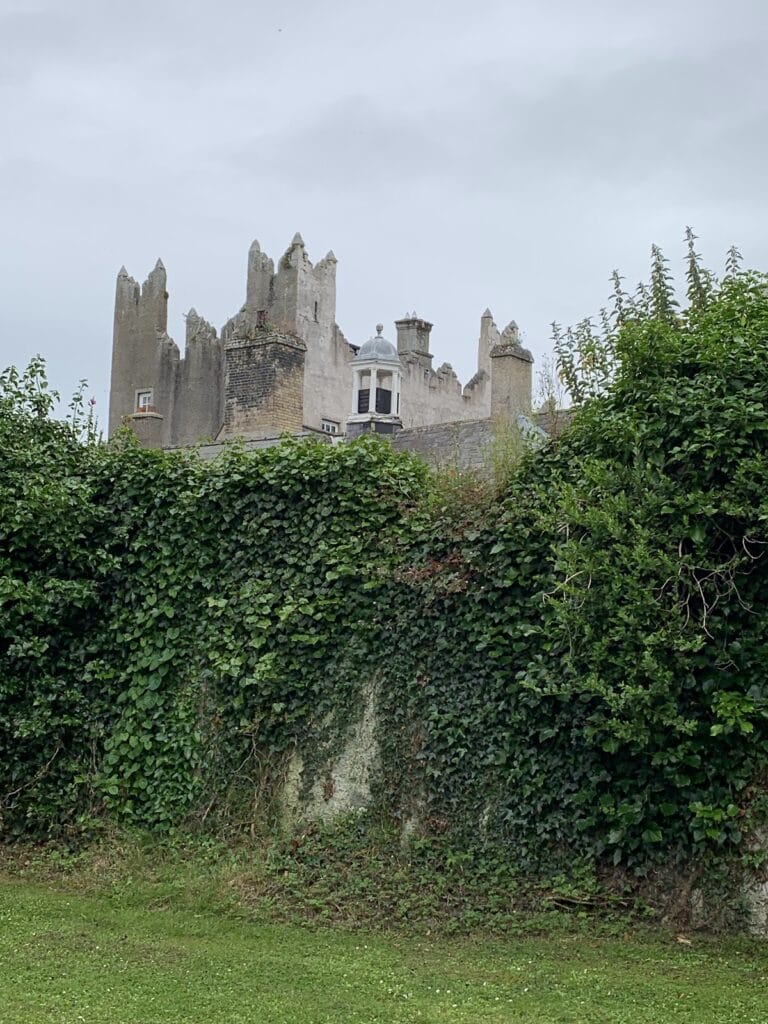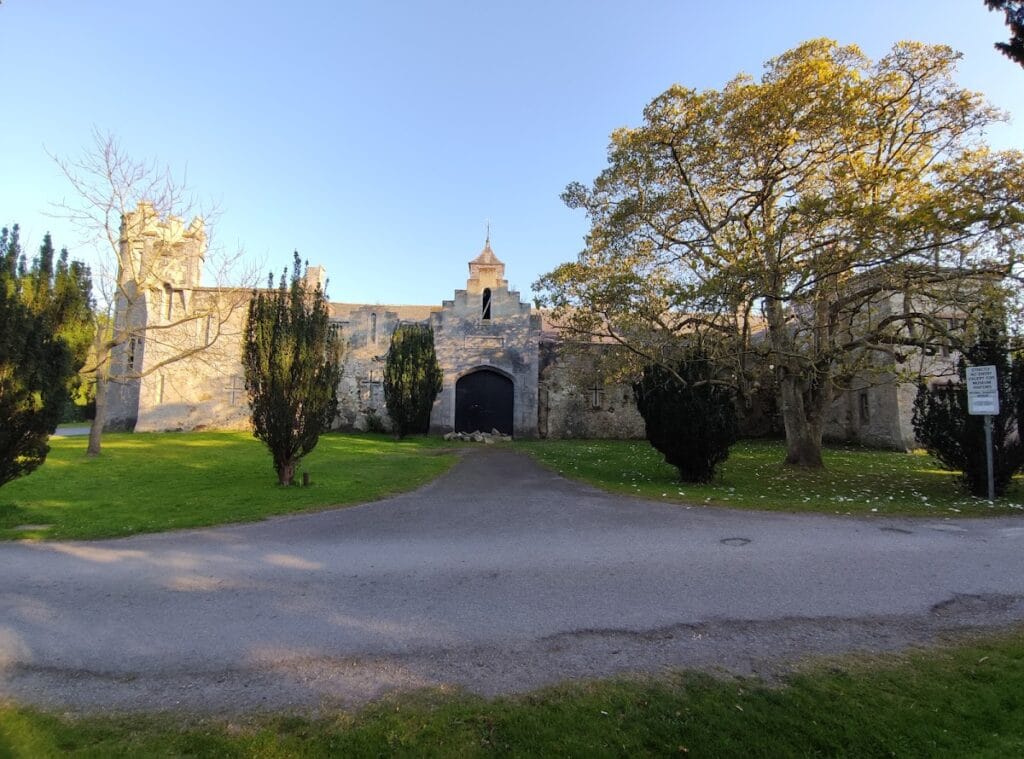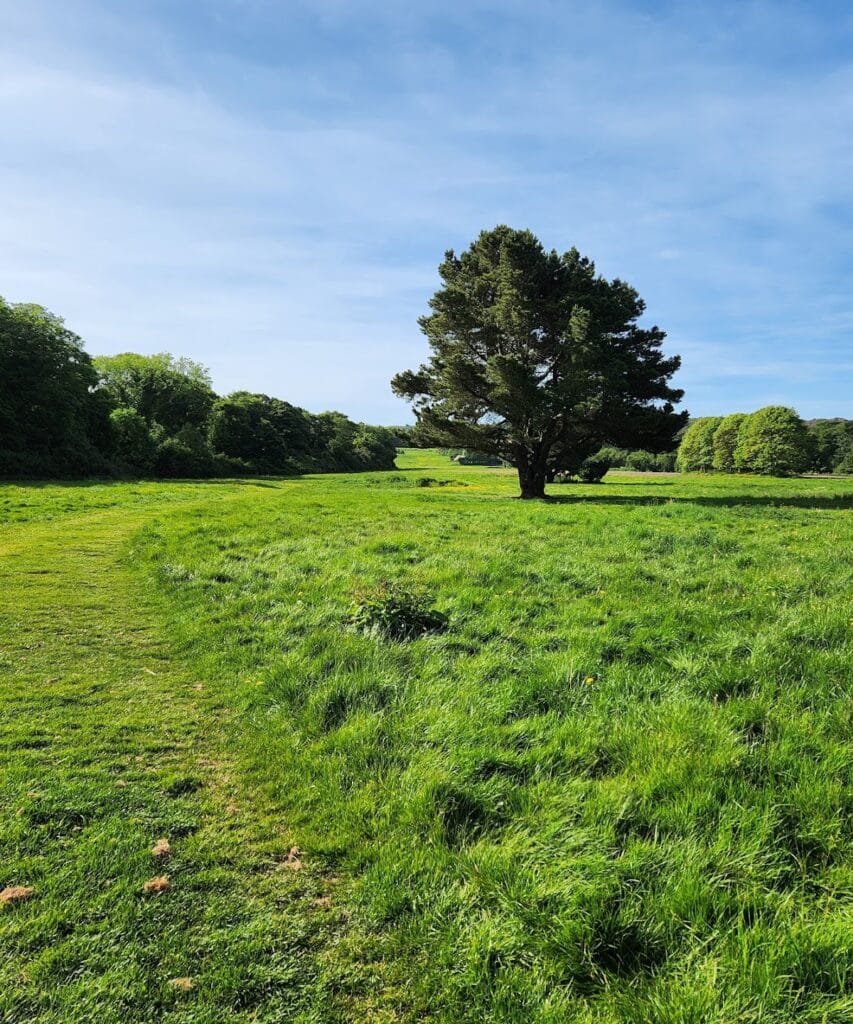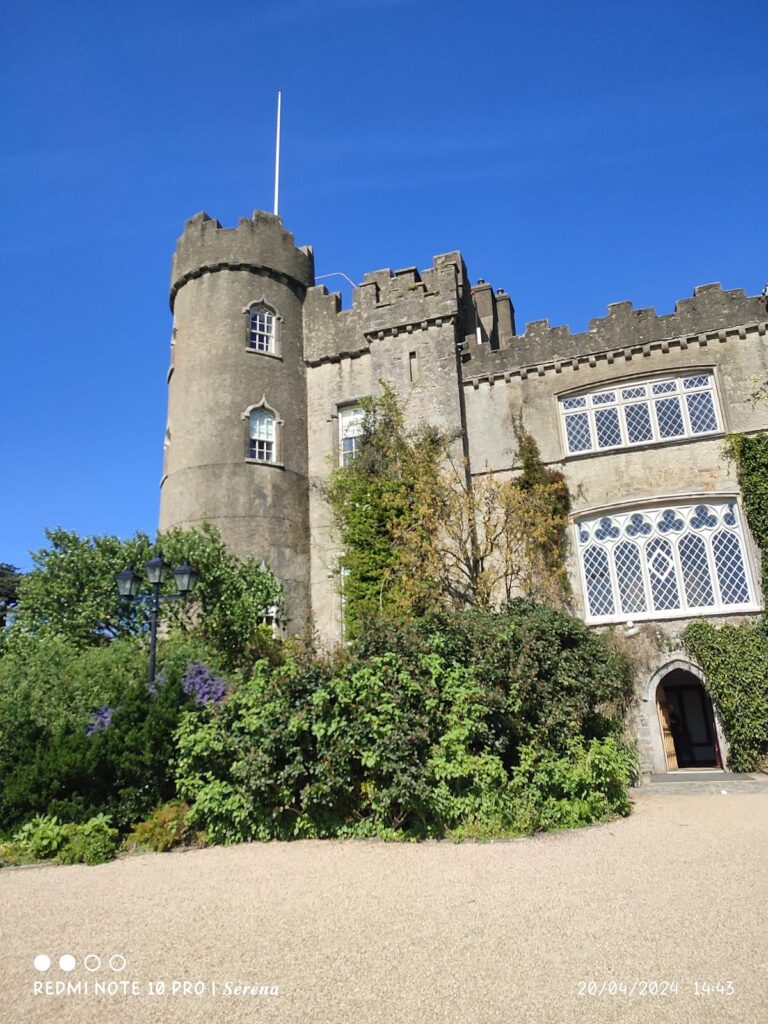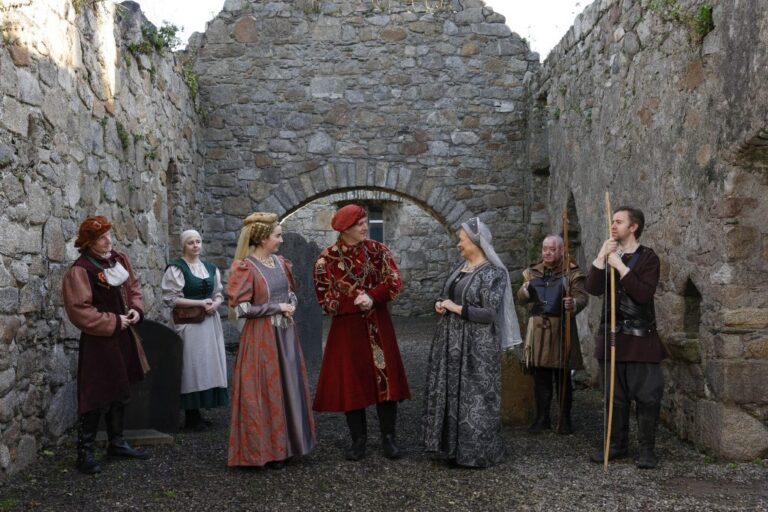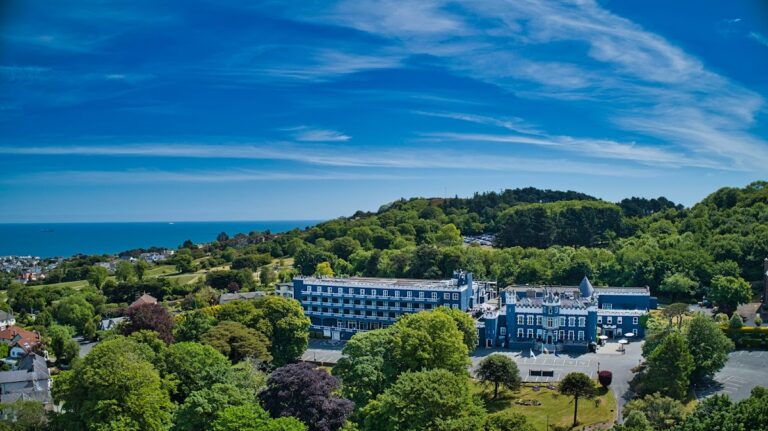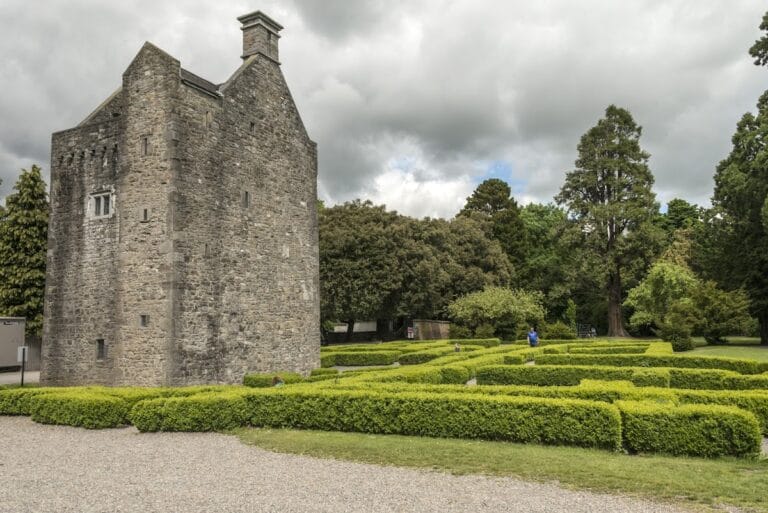Howth Castle: A Historic Norman Estate in Dublin, Ireland
Visitor Information
Google Rating: 4.1
Popularity: Low
Google Maps: View on Google Maps
Official Website: howthcastle.ie
Country: Ireland
Civilization: Medieval European
Remains: Military
History
Howth Castle is situated near the village of Howth, in the municipality of Howth, Dublin, Ireland, and was originally established by the Normans. Its origins trace back to the Norman Invasion of Ireland in the late 12th century, around 1180, when the St Lawrence family became the castle’s hereditary owners, holding the estate for more than eight centuries.
The earliest fortification at Howth was a wooden structure built close to Howth village on Tower Hill overlooking Balscadden Bay. This timber castle was likely established by Almeric Tristram, the first Lord of Howth, who arrived in Ireland in 1177. Around 1235, the wooden fortress was relocated to its current position where it remained the seat of the St Lawrence family. In the 14th century, the wooden fortifications began to be replaced with stone, and by approximately 1450, the oldest surviving stone elements, including the keep and gate tower, were constructed.
Throughout the medieval and early modern periods, the St Lawrence family held influential titles tied to the estate, initially as Lords Howth until circa 1425, then as Barons Howth until 1767, and later Earls of Howth until 1909. After this, ownership passed to a related branch known as the Gaisford-St Lawrence family, who retained the property until its sale in 2019.
The estate’s history is marked by a notable local tradition linked to a visit in 1576 by the famous “pirate queen” Gráinne O’Malley. When she was refused entry to the castle, she abducted the living heir, the 10th Baron Howth, holding him prisoner until a promise was made that the castle gates would always remain open to unexpected travelers and that an extra place would be set at every meal. This practice is said to have continued as a family tradition.
In the 19th century, portions of the estate’s lands along the northern Dublin coast, including Kilbarrack, Raheny, and Clontarf, were gradually sold off as the family adjusted to changing economic conditions. Between 1829 and 1842, the grounds hosted Howth Park Racecourse, founded by the 3rd Earl of Howth, attracting notable racing personalities of the time before racing activities ceased on the site and later restarted at nearby Baldoyle.
In the early 20th century, English architect Sir Edwin Lutyens undertook a major restyling of the castle, completed in 1911, restoring its medieval character with particular emphasis on its 14th-century origins. The estate grounds adapted over time; golf courses and a hotel complex known as the Deer Park Hotel were added in the 20th century. By the early 21st century, the castle also accommodated a cookery school and occasional guided tours.
Howth Castle holds a place in Irish literary and cultural heritage, being referenced in James Joyce’s notable works such as “Finnegans Wake” and “Ulysses,” and serving as a location for various films. The estate continues to be associated with its layered history of feudal rule, local legends, and evolving land use.
Remains
Howth Castle’s present structure primarily showcases medieval stone construction with origins in the mid-15th century. The oldest surviving components include the central keep and the gate tower, elements characteristic of 14th-century castle design, built to replace earlier wooden defenses. These stone parts give a sense of the castle’s fortified origins, constructed to dominate the surrounding landscape.
In 1911, architect Edwin Lutyens executed a careful refurbishment that preserved the castle’s medieval style while updating its interiors. Some interior features, such as a marble fireplace now housed in the Lutyens-designed library, were transferred from Killester House. This blend of restored medieval appearance and relocated fittings reflects the castle’s continuous adaptation over centuries.
The estate encompasses a varied landscape incorporating formal gardens and natural woodland. Visitors in summer could historically walk through wild rhododendron areas, and the grounds feature some of Ireland’s oldest beech hedges, planted in 1710. The original designed gardens included a rock garden near the local Church of Ireland parish church, a sundial garden by the main entrance, a sunken garden adjacent to the chapel wing, as well as fern gardens by the Swan Pond. Various small streams traverse the property, with one intriguingly named the Bloody Stream flowing before the castle’s front.
Over time, the grounds have been substantially changed, notably with the introduction of golf courses and hotel facilities in the 20th century, which modified much of the classical landscape that dated from the 17th century. Despite transformation, the estate remains extensive, covering large parts of Howth Head peninsula, including heathland, woodland, cliff paths, and views overlooking Dublin Bay and Ireland’s Eye island.
One ancient feature within the estate is Aideen’s Grave, a collapsed portal tomb estimated to be about 3,000 years old. This archaeological monument carries local legend and has been the subject of poetry, linking the site to Ireland’s prehistoric past.
The National Transport Museum of Ireland is situated on the grounds, maintained by volunteers. It displays an array of historic vehicles including lorries, fire engines, tractors, and the restored Hill of Howth Tramway No. 9, offering insight into Ireland’s transportation heritage.
Protected under a Special Amenity Area Order, portions of the estate’s more remote grounds are treated as quasi-public land, featuring walking trails and preserving the area’s natural and historical character. The castle’s interiors were largely sold by auction in 2021, marking a recent chapter in the estate’s long history of change.


